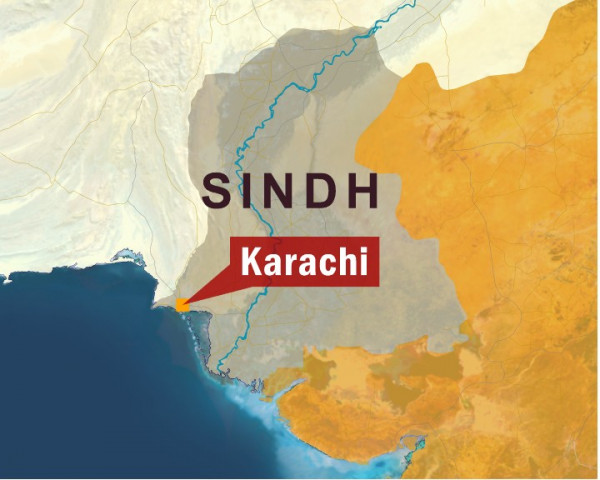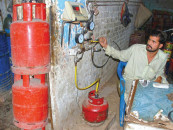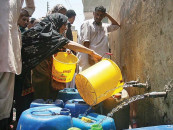Karachi’s water needs to be tested
Polluted water from Manchhar Lake has entered the River Indus, experts have said.

Karachi’s water needs to be tested
Sindh environment ministry’s acting director general Naeem Mughal told Daily Express that the lake’s water had already become dangerous because of a higher than normal mineral content. “This is why the aquatic life had been dying off,” he said, while referring to the period before the floods hit.
The River Indus is a major source of drinking water supplied to Hyderabad city that has a population of 1.8 million. The domestic water supply for Hyderabad comes from canals emanating from the river, which receives an astonishing and spontaneous release of contaminated water from Manchhar Lake, one of the biggest natural fresh reservoirs in Asia.
Experts at the Centre of Excellence in Analytical Chemistry, University of Sindh published findings in 2005 that the concentrations of about 15 trace and toxic elements from Manchhar Lake, including arsenic, were above the recommended WHO drinking water standards. The toxins were showing up in the muscles of fish. The water quality deterioration was related to effluent from industrial, domestic, agricultural and saline seeps and from people living in boats and fishing at certain sites.
Mughal added, however, that one advantage of the flooding was that the pollution had been diluted. The department has started assessing the damage caused by the flooding from an environmental perspective. He felt that water should be assessed downstream Kotri.
Published in The Express Tribune, September 20th, 2010.



















COMMENTS
Comments are moderated and generally will be posted if they are on-topic and not abusive.
For more information, please see our Comments FAQ